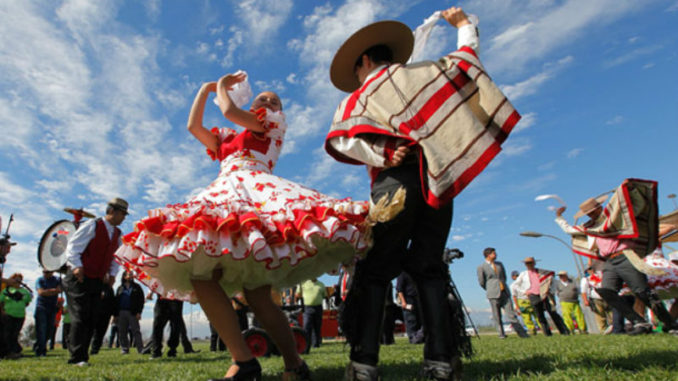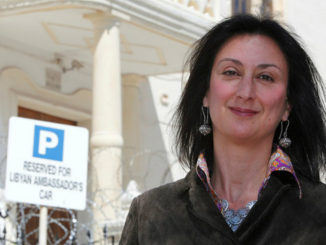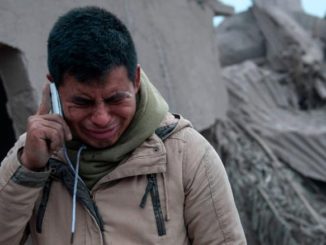
SANTIAGO – Today, the Republic of Chile celebrates its Fiestas Patrias. The two-day festivity begins annually on September 18 to commemorate the proclamation of the First Governing Body of 1810, and the beginning of the Chilean independence process.
It is capped with the “Day of the Glories of the Army” (Día de las Glorias del Ejército) on September 19, which marks the anniversary of the first-ever military parade in the history of Chile. Army Day was formally established in 1915.
These two days are celebrated jointly with parades and street parties which incorporate Chilean traditions such as dancing the Cueca and the Chilean Rodeo, rounded off by a huge military parade on the 19th in the Parque O’Higgins.
Memory and forgetting – the juxtaposition of the 11th September events in Chile
This South American country officially declared independence from Spain on February 12, 1818, and was recognized on April 25, 1844. However, by tradition, Chileans celebrate Independence Day on September 18, the day in 1810 when the First Government Junta was established and the war of independence began.
World leaders congratulate President Bachelet on Chile’s Independence Day
Chile borders Peru to the north, Bolivia to the northeast, Argentina to the east, and the Drake Passage in the far south. Its capital and largest city is Santiago de Chile, or simply Santiago. The city, which was founded in 1541, has been the country’s capital since colonial times. The Mapocho River is lined by parks such as Parque Forestal, where the Museo Nacional de Bellas Artes is located.
22 sites for Fiestas Patrias celebrations approved in Santiago de Chile
This year, the authorities of Santiago have organized a big celebration in Parque O’Higgins, in commemoration of the Chilean folksinger and artist Violeta Parra, who was born 100 year ago. Called “Santiago celebra bajo la mismaestrella” (Santiago celebrates under the same star), it is a 5-day festival starting on the 15th September.
Famous Chilean folk artists such as Los Jaivas and Tommy Rey will perform La Violeta’s own work among other traditional folk music on a main stage in the park, which will see between 3 and 5 acts per day. There will also be a zone called the “Cuecódromo”, a space dedicated entirely to the Chilean national dance – the Cueca. Dance troupes and other players will give performances here, as well as classes.
The Fiestas Patrias are a way of celebrating Chilean traditions, but also the start of a new spring.



